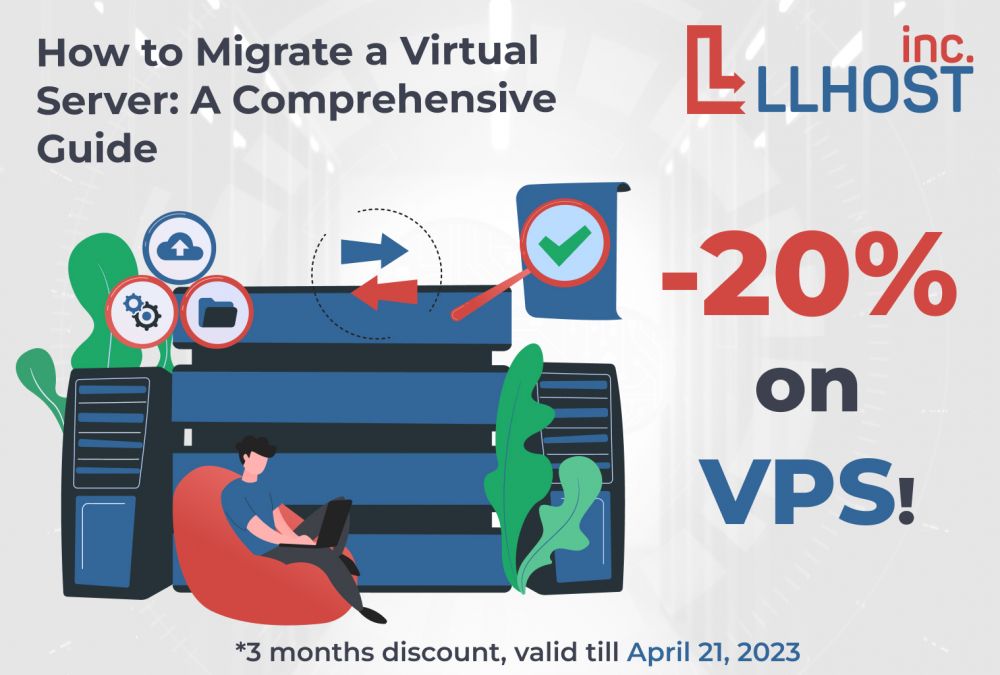VPS Problem Solving Made Easy: Prevention tips and Solutions
Table of Contents:
1. Introduction
2. Typical VPS Dilemmas and Their Remedies
2.1. Inadequate Resources
2.2. Security Flaws
2.3. Performance Hiccups
2.4. Software Incompatibility
2.5. Network Optimization
2.6. Backup and Recovery Planning
3. Thwarting VPS Dilemmas
3.1. Observation and Resource Distribution
3.2. Routine Security Assessments
3.3. Performance Boosting
3.4. Software Updates and Compatibility Evaluations
3.5. Network Optimization
3.6. Backup and Recovery Planning
4. Conclusion
1. Introduction
Virtual Private Servers (VPS) have gained increasing popularity as a cost-effective and scalable hosting resolution. Nevertheless, as with any technology, they can face problems. In this article, we'll discuss frequent VPS issues and their solutions, as well as preventative measures you can adopt to ensure your VPS operates smoothly and securely.
2. Typical VPS Dilemmas and Their Remedies
2.1.
Inadequate Resources
One prevalent VPS issue is insufficient resources, including CPU, RAM, and disk space. This can lead to sluggish performance or even crashes.
Solution: Keep an eye on your resource usage regularly and allocate additional resources as required. Consider upgrading your VPS plan or scaling horizontally by incorporating more servers into your infrastructure.
2.2.
Security Flaws
Security is a top concern for any hosting environment, and VPS is no exception. Vulnerabilities can result in data breaches or unauthorized access.
Solution: Employ robust security measures, such as firewalls, intrusion detection systems, and routine vulnerability scans. Ensure all software is up-to-date and apply security patches promptly.
2.3.
Performance Hiccups
Performance issues can stem from various factors, such as slow network connections, unoptimized applications, or hardware limitations.
Solution: Use performance monitoring tools to pinpoint bottlenecks and optimize your server configuration. Implement caching mechanisms and content delivery networks to enhance page load times.
2.4.
Software Incompatibility
Software incompatibility can cause errors, crashes, or unexpected behavior on your VPS.
Solution: Ensure your applications and software are compatible with your VPS environment. Test new software in a staging environment before deploying it to production.
2.5.
Network Optimization
Optimizing your network settings can enhance the performance of your VPS and decrease latency.
Solution: Monitor network latency and collaborate with your VPS provider to resolve any issues. Optimize your network settings and consider implementing a content delivery network (CDN) to reduce latency for geographically dispersed users.
2.6.
Backup and Recovery Planning
Having a backup and recovery plan in place can minimize the impact of data loss or server failure.
Solution: Implement a regular backup schedule and store backups offsite or in a separate location from your VPS. Develop and test a disaster recovery plan to ensure a quick and efficient recovery process.
3. Thwarting VPS Dilemmas
3.1.
Observation and Resource Distribution
Regularly monitoring your VPS resources helps you identify potential issues before they become critical.
Prevention Tip: Use monitoring tools to track resource usage and allocate additional resources when needed. Set up alerts to notify you when resource usage reaches predefined thresholds.
3.2.
Routine Security Assessments
Regular security assessments help identify vulnerabilities in your VPS environment, reducing the risk of breaches and unauthorized access.
Prevention Tip: Schedule periodic security audits and vulnerability scans. Apply security patches promptly and maintain an up-to-date software stack.
3.3.
Performance Boosting
Optimizing your VPS for performance can prevent issues such as slow page load times and server crashes.
Prevention Tip: Use performance monitoring tools to identify bottlenecks and optimize server configurations. Implement caching mechanisms and content delivery networks to improve performance.
3.4.
Software Updates and Compatibility Evaluations
Keeping your software up-to-date and ensuring compatibility can prevent crashes, errors, and unexpected behavior on your VPS.
Prevention Tip: Regularly update your software and applications. Test new software in a staging environment before deploying it to production.
3.5.
Network Optimization
Optimizing your network settings can improve the performance of your VPS and decrease latency.
Prevention Tip: Monitor network latency and work with your VPS provider to resolve any issues. Optimize your network settings and consider implementing a content delivery network (CDN) to reduce latency for geographically dispersed users.
3.6.
Backup and Recovery Planning
Having a backup and recovery plan in place can minimize the impact of data loss or server failure.
Prevention Tip: Implement a regular backup schedule and store backups offsite or in a separate location from your VPS. Develop and test a disaster recovery plan to ensure a quick and efficient recovery process.
4.
Conclusion
VPS issues can be frustrating and time-consuming, but with the right knowledge and strategies, you can prevent or resolve most problems. By monitoring resources, implementing strong security measures, enhancing performance, ensuring software compatibility, optimizing network settings, and planning for backup and recovery, you can create a stable and secure VPS environment. Remember to stay proactive and vigilant in your VPS management to minimize the risk of encountering problems.
In recognition of the importance of maintaining a well-functioning VPS,
LLHOST INC. is offering a
special 20% discount for 3 months on our
VPS Netherlands products! This promotion is applicable to monthly billing periods and is valid until the
5th of May, 2023. Take advantage of this limited-time offer to upgrade or optimize your VPS hosting experience and enjoy the many benefits of a reliable, secure, and high-performing virtual private server.







